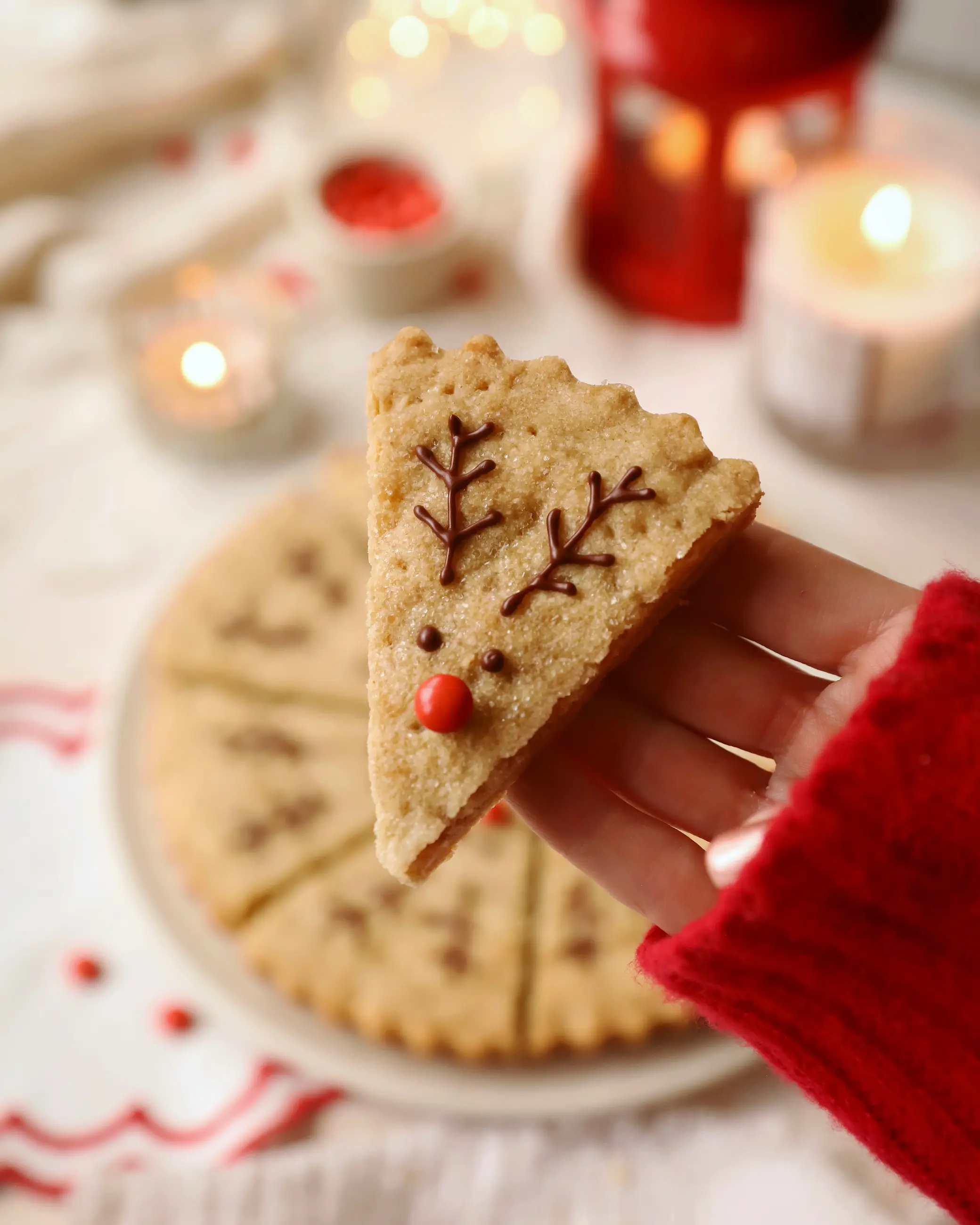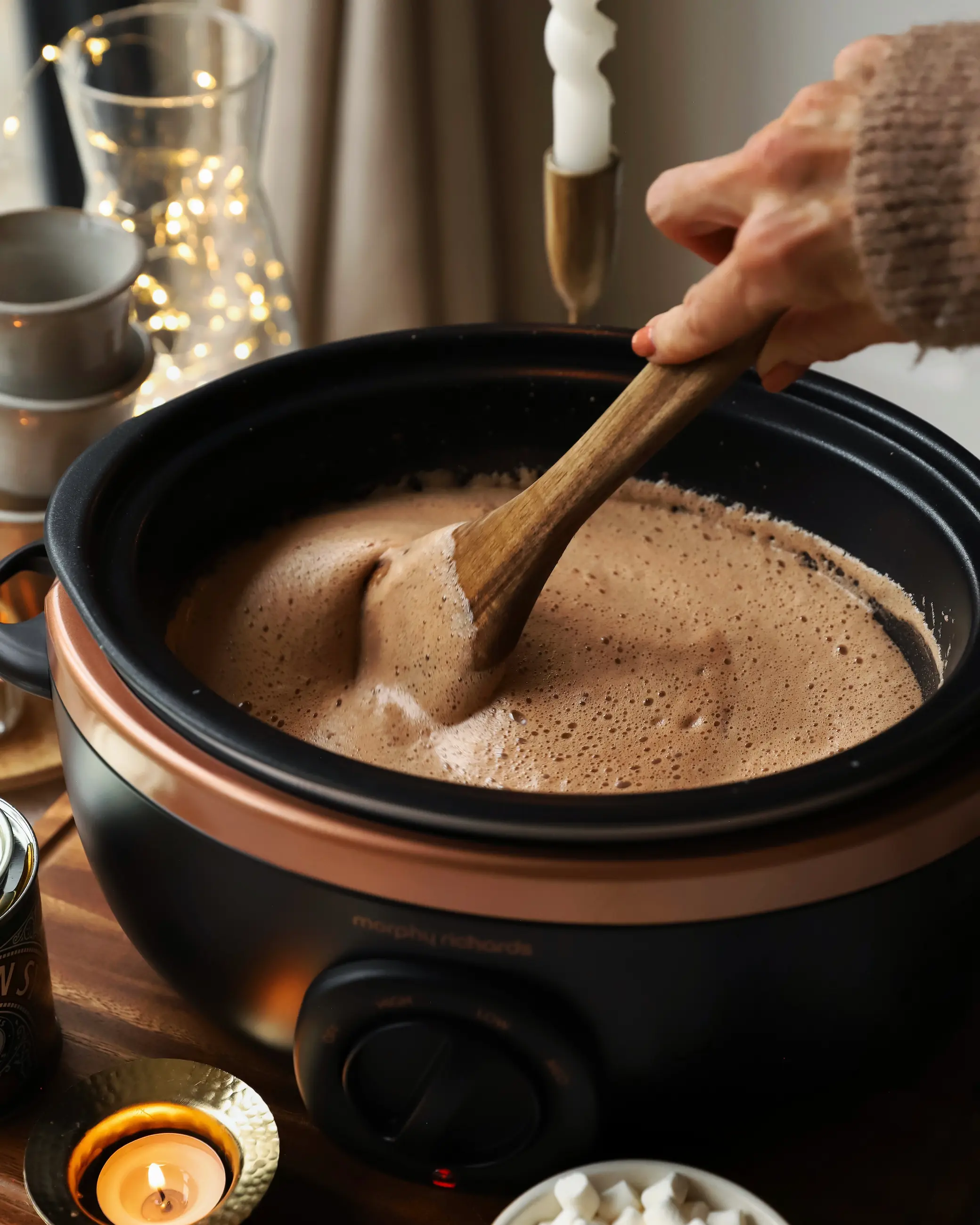Recipe details
Ingredients
- 450ml double cream
- 1 x 397g tin of condensed milk
- 125g pecans, roughly chopped (I prefer mine chunky, but you may prefer very finely chopped)
- 1 tsp vanilla bean paste
- 30ml maple syrup
- 30g butter
- A pinch of sea salt
Instructions
- Pre heat your oven to 180c
- Add your pecans to an oven proof dish and stir in the maple syrup. Place the butter on top and bake in the oven for around 8-10 minutes. Remove and allow to cool a little
- In a large mixing bowl combine the condensed milk with the vanilla bean paste and salt. Put to one side
- In a smaller bowl, add the double cream and beat to stiff peaks with a handheld mixer. Fold this into the condensed milk mixture and carefully combine until smooth.
- Add 3/4 of the pecans and stir briefly before pouring into your prepared tin or tub. Scatter the remaining pecans on top. Freeze for at least 10-12 hours.
- Remove from the freezer 5 minutes ahead of serving. Enjoy!

How does no churn ice cream compare to churned ice cream?
No-churn ice cream is a convenient and simplified alternative to churned ice cream, as it doesn't require an ice cream maker and involves fewer steps. While it achieves a creamy texture through a combination of whipped cream and condensed milk, it may have a slightly different consistency compared to churned ice cream.
Will any nuts work with this recipe?
Yes! Feel free to swap for your nut of choice! Also, I like to leave my nuts quite roughly chopped for more texture. You may prefer them much smaller, or even blitzed in a food processor, so make it your own.

Benefits of no churn ice cream:
No-churn ice cream offers a convenient and time-saving alternative to traditional churned varieties, requiring fewer steps and equipment. Despite not being churned, it still achieves a creamy texture, and its versatility allows for a wide range of flavour and ingredient add-in options to cater to various dietary needs and preferences.
How to store no churn ice cream
No-churn homemade ice cream can be stored in the freezer for up to 2-3 months. However, it's important to store it properly to maintain its quality.
Here are some tips for storing no-churn homemade ice cream:
- Air-tight Container: Transfer the ice cream to an air-tight container. This helps prevent freezer burn and keeps the ice cream from absorbing odours from other foods in the freezer.
- Plastic Wrap or Parchment Paper: Press a piece of plastic wrap or greaseproof paper onto the surface of the ice cream before sealing the container. This helps create a barrier against air, which can contribute to freezer burn.
- Labeling: Clearly label the container with the date you made the ice cream. This helps you keep track of how long it has been stored.
- Freezer Placement: Store the container towards the back of the freezer, where the temperature is the most consistent. Avoid placing it near the freezer door, as it's subject to temperature fluctuations when opened frequently.
- Thawing: When you're ready to enjoy the ice cream, allow it to sit in the refrigerator for about 10-15 minutes before scooping. This makes it easier to serve.
Remember, the quality of the ice cream may start to deteriorate after a couple of months, so it's best to enjoy it within that timeframe for the best taste and texture.
What to store home made ice cream in
To store homemade ice cream, you'll want to use an airtight container that is specifically designed for freezing. Here are some options:
- Plastic or Glass Container with Lid: Look for a container that has a tight-sealing lid to prevent air from getting in and freezer burn from occurring. It should be large enough to hold the quantity of ice cream you've made.
- Ice Cream Tubs: These are specifically designed for storing ice cream. They come in various sizes and are often made of plastic with a secure lid. I buy mine from Amazon.
- Metal Tins: Some people prefer metal containers as they can help maintain a colder temperature. However, they can sometimes give a metallic taste to the ice cream if it's in contact for too long. I have used cake tins in the past and lined with greaseproof paper.
- Silicone Tubs: These can be a good option because they are flexible, making it easier to scoop out the ice cream. Make sure they have a secure lid.
- Zip-Top Freezer Bags: While not a container per se, they can be used as an alternative. Press out excess air before sealing the bag and lay it flat in the freezer for even freezing.
- Mason Jars: Smaller quantities of ice cream can be stored in mason jars. Ensure you leave some space at the top for expansion, and avoid using jars with narrow necks as they can make scooping difficult.
Regardless of the container you choose, it's important to fill it to the top to minimise air exposure, which can lead to freezer burn. Also, press a piece of parchment paper or plastic wrap directly onto the surface of the ice cream before sealing the container. This will help prevent ice crystals from forming on the surface.





